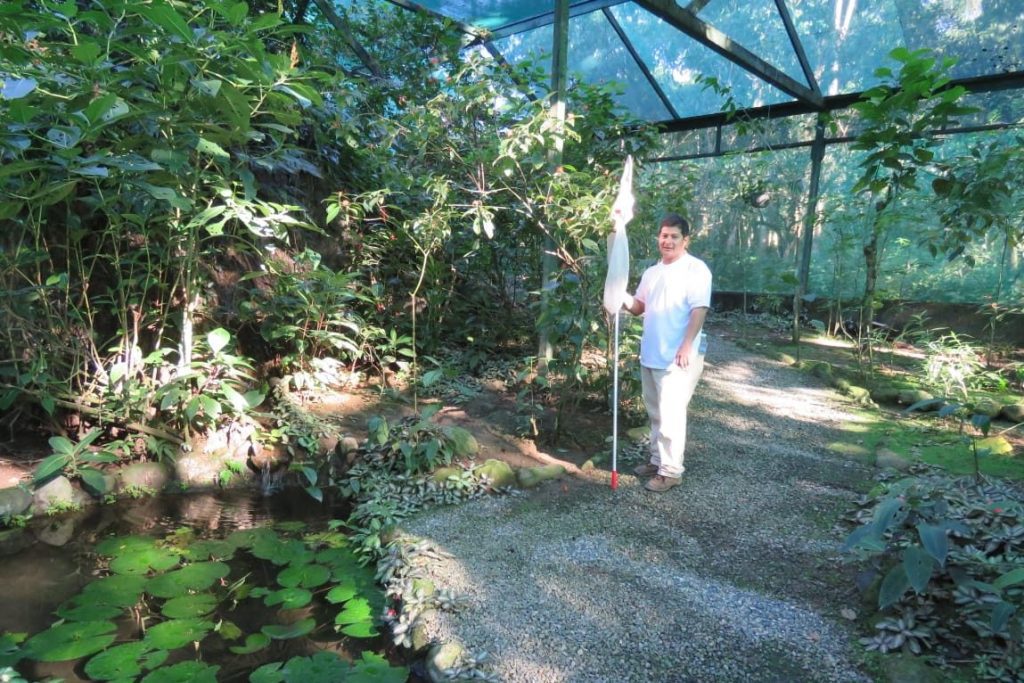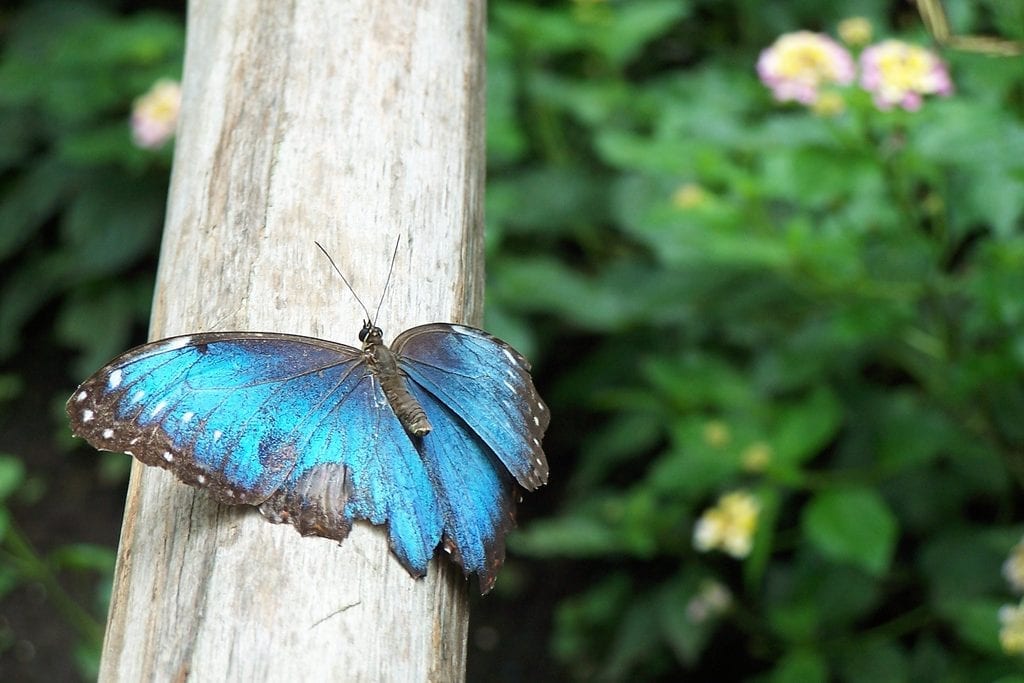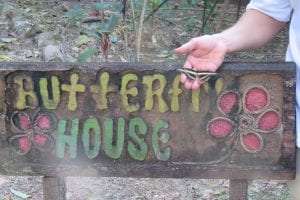Skift Take
Many travelers don't realize that Honduras' ecotourism industry has a luxury side to it, but that doesn't mean conservation is an afterthought.
 Every month Skift will profile someone working in the quirkiest, most incredible and surprising jobs in global travel. Skift's relentless curiosity about our industries extends to every corner of the labor market. Who knew jobs like this even existed?
Every month Skift will profile someone working in the quirkiest, most incredible and surprising jobs in global travel. Skift's relentless curiosity about our industries extends to every corner of the labor market. Who knew jobs like this even existed?
At The Lodge and Spa at Pico Bonito, located in the northern part of Honduras next to the eponymous national park, a butterfly farm breeds more than 40 tropical species, drawing ecotourists from across the globe. Tending to this flock is one of the more unusual jobs in tourism.
Joel Mejia is one of these butterfly farmers. The famous Morpho Azul butterfly is a fan favorite because it’s particularly large, three to five inches in width, and shines a brilliant electric blue. But Mejia favors the smaller Golden Sunset, a multi-shaded orange, and the Morpho Cypris, another shimmering blue.
“I’m ready to answer any question related to Honduras, the environment, or any animal,” said Mejia, who also serves as a tourist guide.
The tropical butterflies live in an enclosed, plant-filled environment, and naturally, the butterflies do their breeding on their own.
When asked if he’d made friends with his favorite butterflies, Mejia said that this is awfully difficult when their maximum life span is just four to five weeks, but he’s charmed by them all the same. It’s this same delicacy that prompts Mejia to be protective of these animals.
Most tours happen in the morning, when the weather is most pleasant, before the stifling afternoon heat and humidity set in, but some butterflies are nocturnal and tours can also happen at night. At whatever time visitors go, some will be sleeping.
The lodge actually used to sell the butterflies before Mejia’s time, but now the focus is educational, which he prefers. “I like the conservation aspect the most. We’re always looking for new species,” he said, adding that hotel guests are not the only ones to take his tour. Other tourists and nearby students also drop in.
Mejia holds a degree in accounting, but in a change of heart after school, began working at the butterfly farm out of pure fascination with the omnipresent rainforest and its stunning biodiversity. A year and a half in, he became the farm’s tourist guide as well. “Everything related to nature interests me,” he said. The 36-year-old is originally from the neighboring town of El Pino, and has been working for over 10 years at the lodge.
Many international visitors to Honduras don’t go past the Bay Islands, but the country’s tourism board recently launched a new video suggesting that visitors go further afield, which may help drive travelers inland to the Pico Bonito area.
Tourists who come in wearing insect repellant or who touch the butterflies can seriously damage them, so Mejia is sure to educate. “It’s mostly the kids who want to catch them,” he said, although instances of actually hurting the butterflies are rare.
At the end of the day, after conservation, Mejia has a clear goal for his hospitality-based work: “Make sure the tourists are happy every time they come out with me, and can recommend us to others, and come back in the future.”
This interview was conducted in Spanish and translated into English.
Have a confidential tip for Skift? Get in touch
Tags: animals, at your service, ecotourism, honduras, luxury
Photo credit: Joel Mejia is a butterfly farmer and tourist guide at a luxury ecolodge in Honduras. The Lodge and Spa at Pico Bonito


